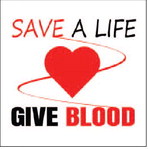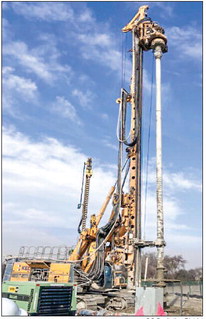and well-being before, during and ….
and well-being before, during and after any disaster or emergency.
LW has several groups dedicated to emergency preparedness, including: Emergency Information Council The Emergency Information Council meets monthly to educate and inform residents about planning and preparing for any emergency, large or small. Meetings are open to all shareholders. Meetings are publicized in the LW Weekly.
Community Emergency Response Team (CERT) The Community Emergency Response Team (CERT) program educates people about disaster preparedness for hazards that may impact their area and trains them in basic disaster response skills, such as fire safety, light search and rescue, team organization and disaster medical operations.
Using the training learned in the classroom and during exercises, CERT members can assist others in their neighborhoods or workplaces following an event when professional responders are not immediately available.
CERT members also are encouraged to support emergency response agencies by taking a more active role in emergency preparedness projects. Classes are held in six-week sessions and publicized in the LW Weekly.
Organizing a Disaster Supply Grab-and-Go Kit It may be easier and cheaper than you think to organize household disaster supplies in convenient locations. According to ready.gov, a basic emergency supply kit should include the following items:
• Water (one gallon per person per day for several days, for drinking and sanitation)
• Food (at least a three-day supply of non-perishable food)
• Battery-powered or hand crank radio and a NOAA Weather Radio with tone alert
• Flashlight, extra batteries
• First aid kit
• Whistle (to signal for help)
• Dust mask (to help filter contaminated air)
• Plastic sheeting and duct tape (to shelter in place)
• Moist towelettes, garbage bags and plastic ties
• Wrench or pliers (to turn off utilities)
• Manual can opener (for food)
• Local maps
• Cell phone with chargers



